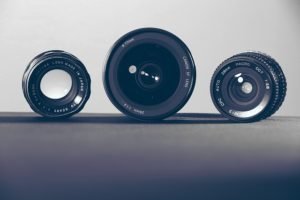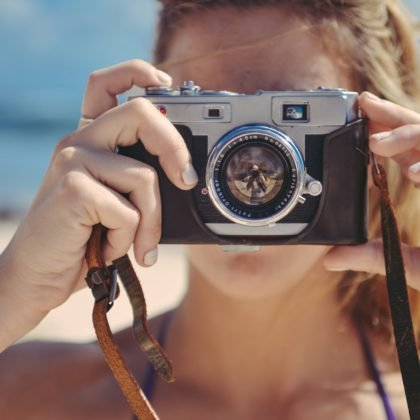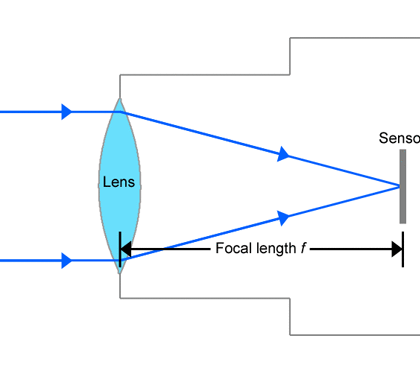
Welcome to Our Easy to Understand Shutter Speed Definition Training in Photography
What is Shutter Speed?
Well it may seem like the answer is obvious, there’s more to shutter speed than meets the eye. Let’s take a closer look. Shutter speed is one of the three pillars of photography. The other two being ISO and aperture. Also known as exposure time, shutter speed is defined as the length of time the image sensor in a camera is exposed to incoming light. As we mentioned before the 3 pillars of photography are a combination of ISO, Aperture, and Shutter Speed, so to learn more about either one of the other pillars read our guide on definitions of Aperture and ISO here.
In case you missed it there was an answer to a common question in our opening paragraph, Are Shutter Speed and Exposure time the same thing?
In photography, shutter speed or exposure time is the length of time when the film or digital sensor inside the camera is exposed to light.
Often exposure time can be used intertangably with exposure, this is not entirely correct as you can manipulate Shutter Speed, ISO, and Aperture and each have an effect on overall exposure.
Before we go more in-depth, however, let’s take a look at the different parts of the camera that contribute to taking a photo.
In a standard DSLR, when you press the shutter button, a mirror flips up allowing light to pass into the camera instead of the viewfinder. Once the mirror is flipped upwards, a small door will move from top to bottom exposing the sensor beneath. After that, another door will fall down covering up the entire sensor. After the second door closes your mirror will fall back into place. The doors will then reset to their original positions underneath. The longer the shutter is kept open, the more light will enter the camera.
To create Freeze Motion of a moving object Fast Shutter Speeds are needed. Slower Shutter Speeds are used to give the semblance of movement. Below you will see an example of an image of a WindFlower moving with the wind and a side by side example of how a photo of that windflower is changed by speeding up or slowing down the Shutter Speed of the Camera.

How to change shutter Speed of your camera?
- You can set your camera to Auto Mode. In auto mode, cameras will meter the scene and determine an adequate shutter speed to keep the picture from becoming either over or underexposed.
- You can manually change the shutter speed by either putting the camera in shutter priority mode, which will let you change shutter speed, letting the camera calculate ISO and aperture.
- Full manual mode gives you full control over all your camera settings.
How is Shutter Speed Measured?
Shutter speeds are measured in fractions of a second when under one second. For example, one over 4 displayed on the camera, means the shutter speed is one fourth a second. Whereas, one over 250 means the shutter speed is one 250th of a second. Most cameras can handle shutter speeds as fast as one four-thousandth of a second. Or sometimes even as high as fast as one eight-thousandth of a second. And shutter speeds as long as 30 seconds.
Longer shutter speeds can be achieved using a function known as bulb mode where the shutter speed is determined by the length of time the shutter button is activated either manually or through a remote trigger.
What kind of Photography is Short Shutter Speed Used For?
It’s good to know what affects different shutter speeds have as it can affect the type of picture produced.
Short shutter speeds, often quicker than one one-thousandth of a second are fast enough to capture the fast movement of wildlife and sports and freeze water droplets and small particles.
So if you are trying to shoot wildlife photography or live action sports, you will want a camera that has a fast or short shutter speed to be able and capture crisp clear images that appear frozen in time.
What kind of shutter speeds are necessary for everyday photography?
For everyday photography, shutter speeds around one one-hundredth of a second are fast enough to keep subjects from blurring. If you’re shooting handheld, longer shutters speeds may also cause your shaky hands to blur the photo. Newer lenses from most manufacturers have attempted to solve this problem by introducing vibration reduction technology into lenses to correct for minor shakes.
Night Photography and Shutter Speed Considerations
Night photography will often utilize longer shutter speeds to capture as much light as possible. Shutter speeds as long as 20 or 30 seconds may even be used to take pictures of the milky way. Knowing the principles of shutter speed will allow you to make better decisions about how you want your picture to look, whether you’re freezing the action, creating a time warp effect, letting in little light or as much as you can. Though it’s a very basic concept of photography, shutter speed is no less important in making a fantastic photo.
Quick recap of the common questions asked about Shutter Speed
What shutter speed to use?
That depends on a host of factors and should be taken into consideration with the two other pillars of photography, aperture, and ISO. But remember the faster the shutter speed the short the exposure time, the longer the shutter speed the longer the exposure time.
What shutter speed for sports?
In general, for sports, you will want to you a very fast shutter speed or short exposure time to freeze those live action shots. Think shutter speeds over one one-thousandth of second and higher.
What shutter speed to freeze motion?
Again to freeze motion like trying to capture a bird flying in mid-air you will want to use a very fast shutter speed. Again, think at least one one-thousandth of a second, this is the same shutter speed you can use to freeze a drop of water.
Conclusion of our Shutter Speed Definition Training Guide
We hope you feel more comfortable understanding shutter speed and how this effects your photography choices. Remember learning never ends and you should continue to seek out training until you are 100% comfortable with the subject matter at hand. We hope you found this guide thorough and easy to understand, as these are some of our guiding principles behind the content we create. REMEMBER some of the links you find in this article and across our site are affiliate links, which means if you purchase anything at that store after clicking a link, the store will pay us a small commission. This is how we keep our lights on and continue to provide great content, so if you choose to do this we THANK YOU! It’s very much appreciated. If you are uncomfortable with us getting a small commission from the vendor, no worries we still love you and hope you come back soon!
- IF YOU WANT TO LEARN MORE ABOUT DIFFERENT TYPES OF CAMERA LENSES READ THIS
- IF YOU WANT TO LEARN MORE ABOUT APERTURE READ THIS
- IF YOU WANT TO LEARN MORE ABOUT ISO READ THIS







Comments
10 Amazing Wildlife Photography Tips for Beginners that Are Really Easy!
[…] if you are interested in learning other great photography tips – check out guides on ISO, SHUTTER SPEED, APERTURE, and FOCAL LENGTH, which are great for beginners as well. They explain these critical […]
How to Take a ScreenShot on A Mac and macbook pro in 2018
[…] instance this a Snip I took and added text to for our Shutter speed article in our photography section. You can see we took the screenshot using snip and then easily […]